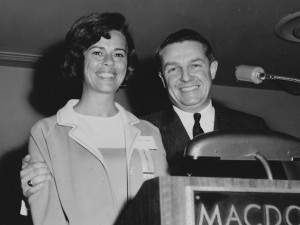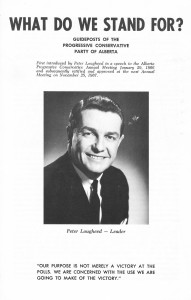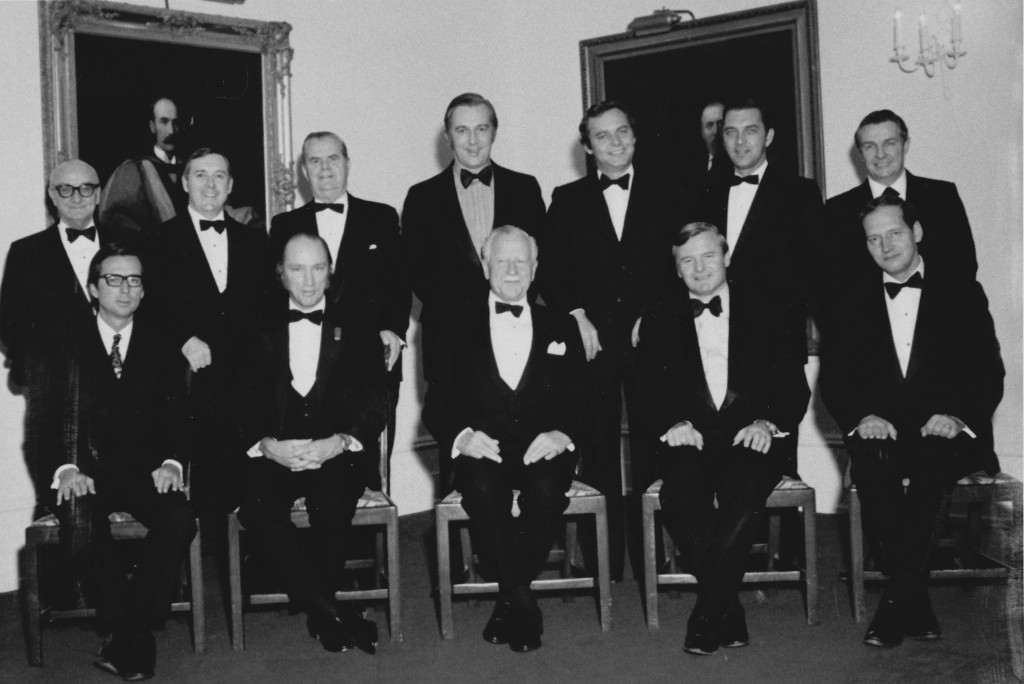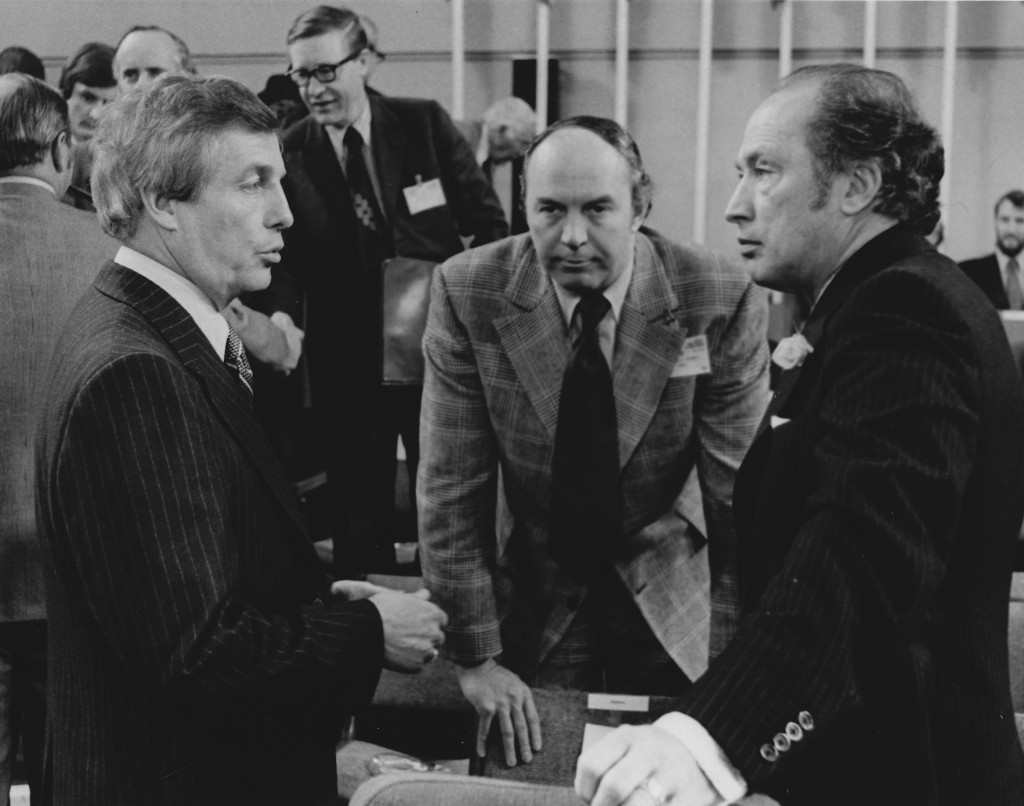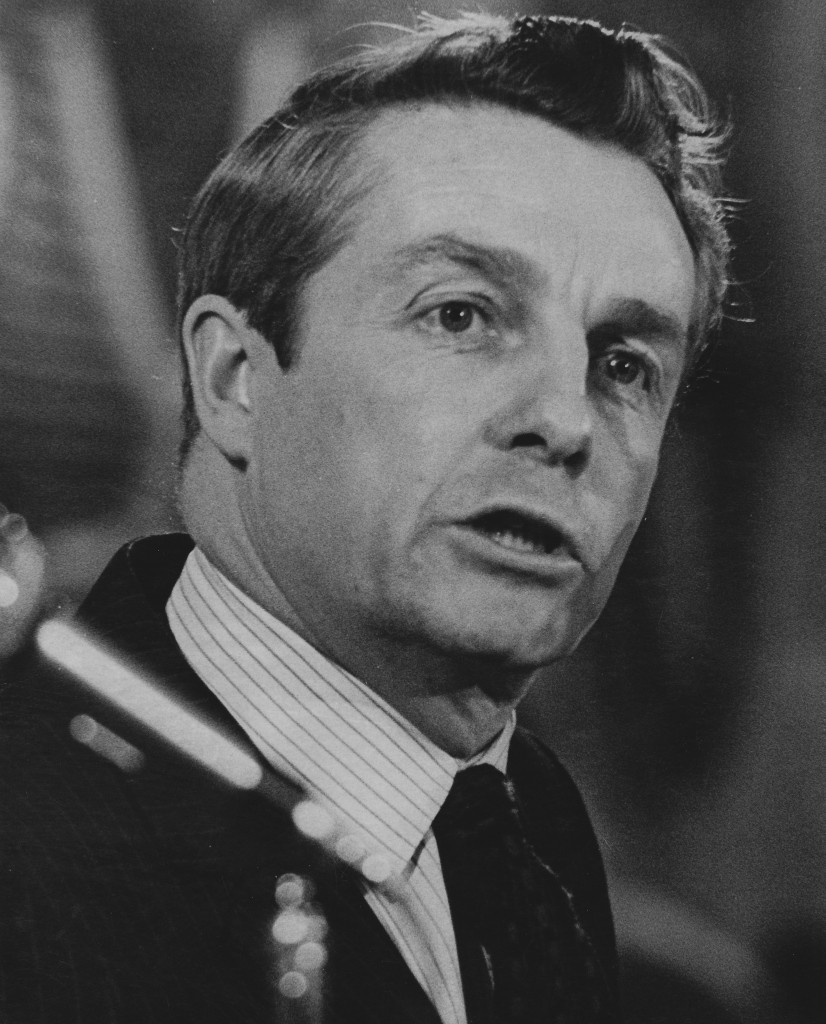“Most successful pundits are selected for being opinionated, because it’s interesting, and the penalties for incorrect predictions are negligible. You can make predictions, and a year later people won’t remember them.”—Daniel Kahneman
Usually, I save the above quote for political pundit, Stephen Carter, but, in the following instance, it seems to work just as well.
“I think the PCs could end this real quick by folding up their tent.”—Brock Harrison, Right-Wing Political Strategist*
For the sake of posterity, I have put the following quote in my calendar and dated it—July 8, 2016. A year from now.
Who knows, he may well be correct. But, if he isn’t, I can remind him … for posterity’s sake.
Predicting the inevitable demise of an adversary can often lead to chewing on one’s words, as John Markoff, New York Times, reminded us in an article dated January 16, 2006:
In 1997, shortly after Mr. Jobs returned to Apple, the company he helped start in 1976, Dell’s founder and chairman, Michael S. Dell, was asked at a technology conference what might be done to fix Apple, then deeply troubled financially.
“What would I do?” Mr. Dell said to an audience of several thousand information technology managers. “I’d shut it down and give the money back to the shareholders.”
On Friday, apparently savoring the moment, Mr. Jobs sent a brief e-mail message to Apple employees, which read: “Team, it turned out that Michael Dell wasn’t perfect at predicting the future. Based on today’s stock market close, Apple is worth more than Dell. Stocks go up and down, and things may be different tomorrow, but I thought it was worth a moment of reflection today. Steve.”
We are reflecting today.
After almost 110 years, PC Alberta has seen better days. But, like the province, born on the very same day in September 1905, the character and pride of serving has never diminished. The canvas is scarred, but the fabric is battle-worn and strong.
Farmers, doctors, lawyers, tradespeople, students, and people of all backgrounds have made up its membership. And, for eleven decades, it has faithfully served the people of Alberta in government and opposition.
In 1965, Peter Lougheed recalled critics saying:
“We were an unpromising party with an impossible task.”
Fifty years later, Mr. Harrison and others are saying these things again.
Therefore, as we reflect, we must also strive to rebuild and renew.
In 1967, Lougheed challenged the Party to establish itself as the alternative to the government of the day.
He also spoke of the many Albertans who wanted to join the Party, but were looking for something first. But, what was it?
“They want to be assured that this is truly a “people’s party”. They want to feel they are welcome — That their views will be listened to — that there is a place for people of all ages — A place for people from every part of Alberta — from every walk of life — A place for people with a common philosophy. But prepared to accept different views as to how to apply such a philosophy — A party where there is leadership – executive responsibility – organizational procedure — But a party which is democratic — and welcomes new members – new ideas – has open meetings – open nominations – an absence of mystery or intrigue. That’s the kind of party my colleagues and I want — It’s the kind of a party the people of Alberta want us to be — I hope — better than that — I’m confident — it’s the kind of party you want.”
As of late there had been too much ‘mystery’ and ‘intrigue’. We had become disoriented and lost our way.
Not surprisingly, the people of Alberta howled:
LISTEN TO US!
We had stopped listening to Albertans and we had stopped listening to our members.
No more. This is a brand new day. We will listen.
In the future, all discussions within PC Alberta must involve the rank and file of our Party. The Members. The Grassroots. The People.
NOW! is not the time to quickly fold up the tent, as Mr. Harrison would have us do, but, instead, it is time to lift up the flaps and let some fresh air in.
Let it breathe. Listen to the ‘people from every part’ of the province.
There is true opportunity in defeat. A rebirth, if you will.
“We have the potential — we have the opportunity — we must realize our potential — grasp our opportunity.”—E. Peter Lougheed, 1967.
*“Pride goeth before destruction, and an haughty spirit before a fall.”—Proverb 16:18
